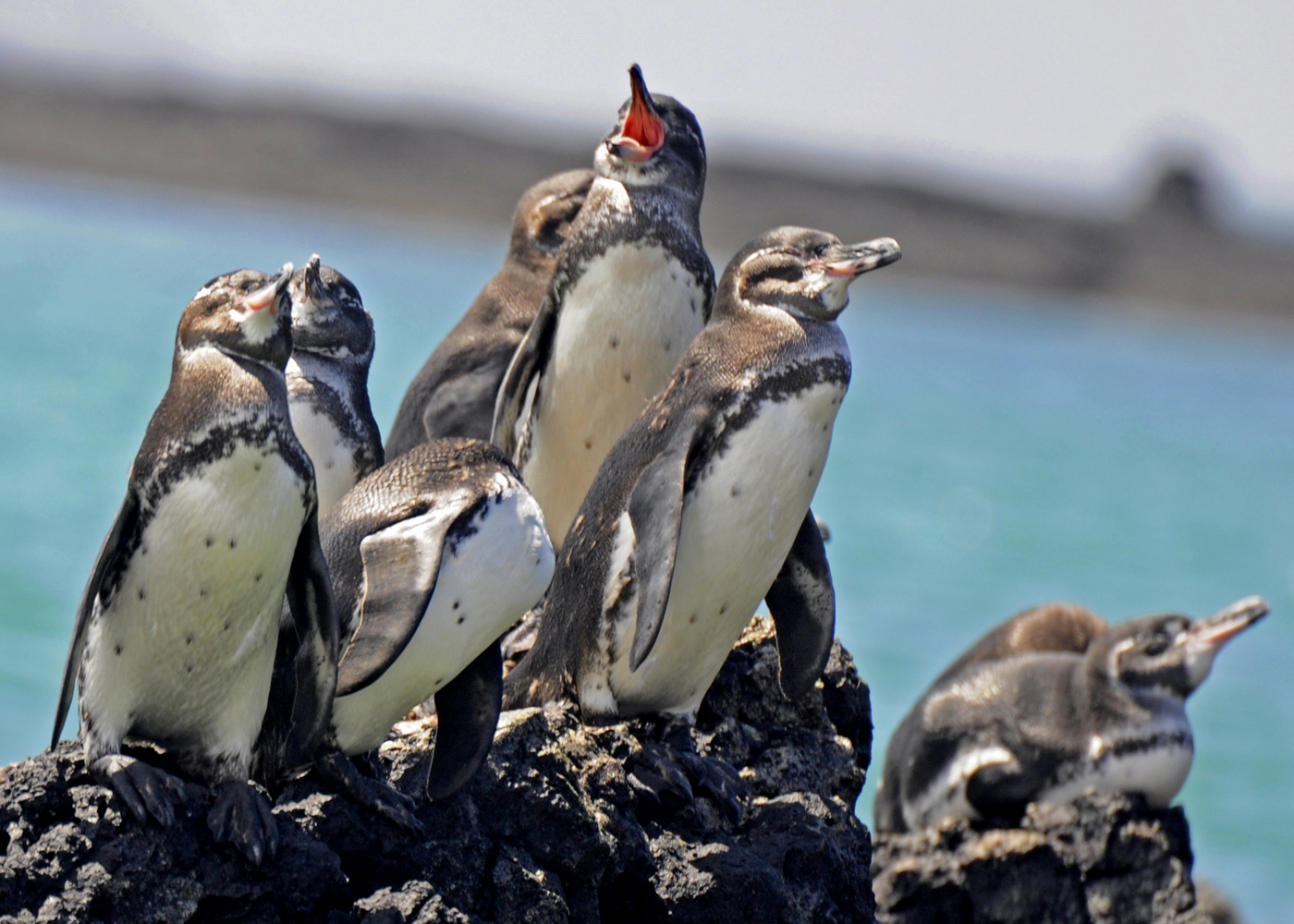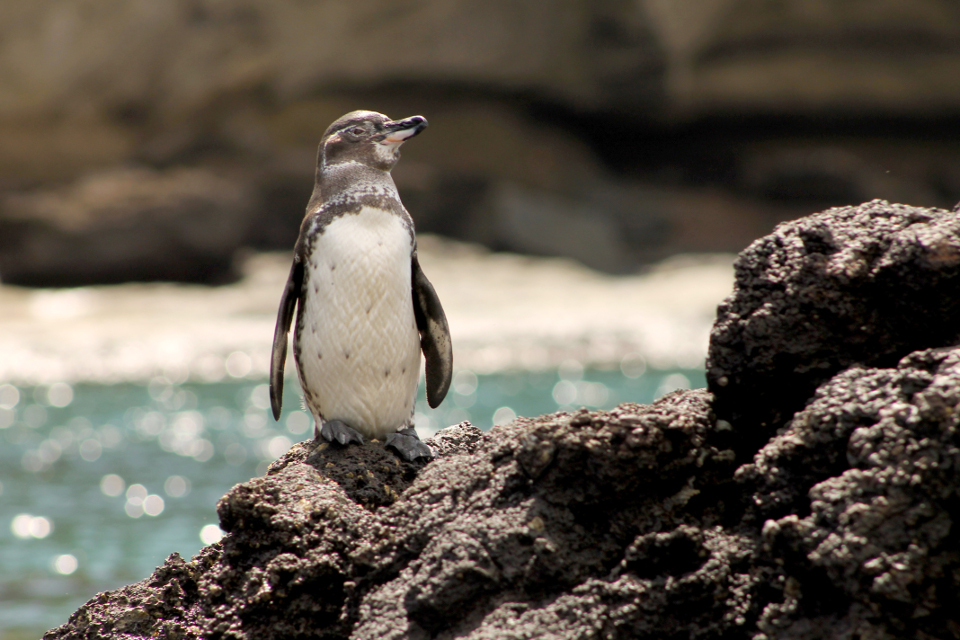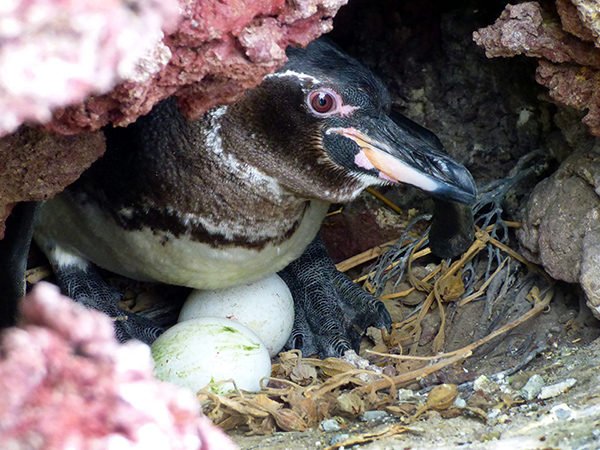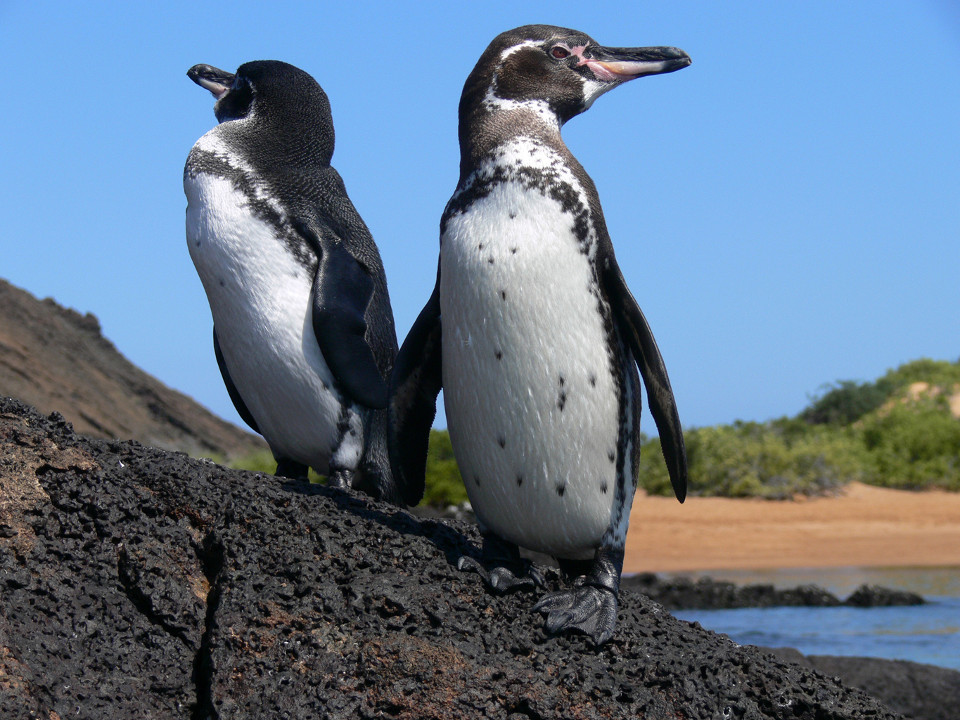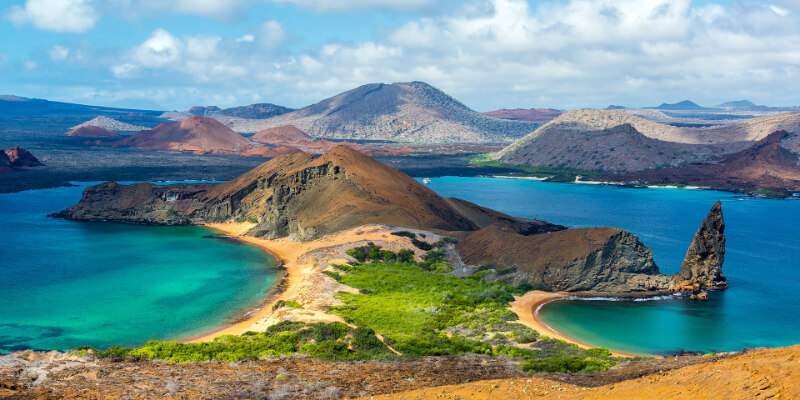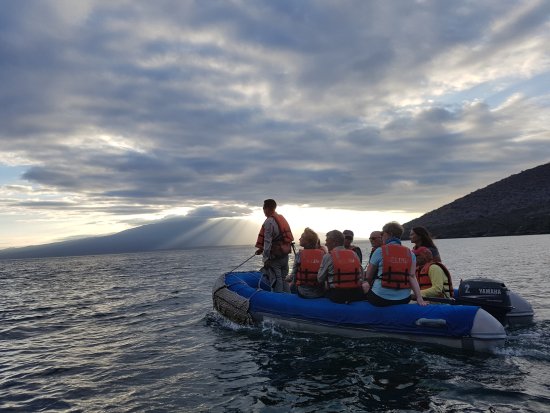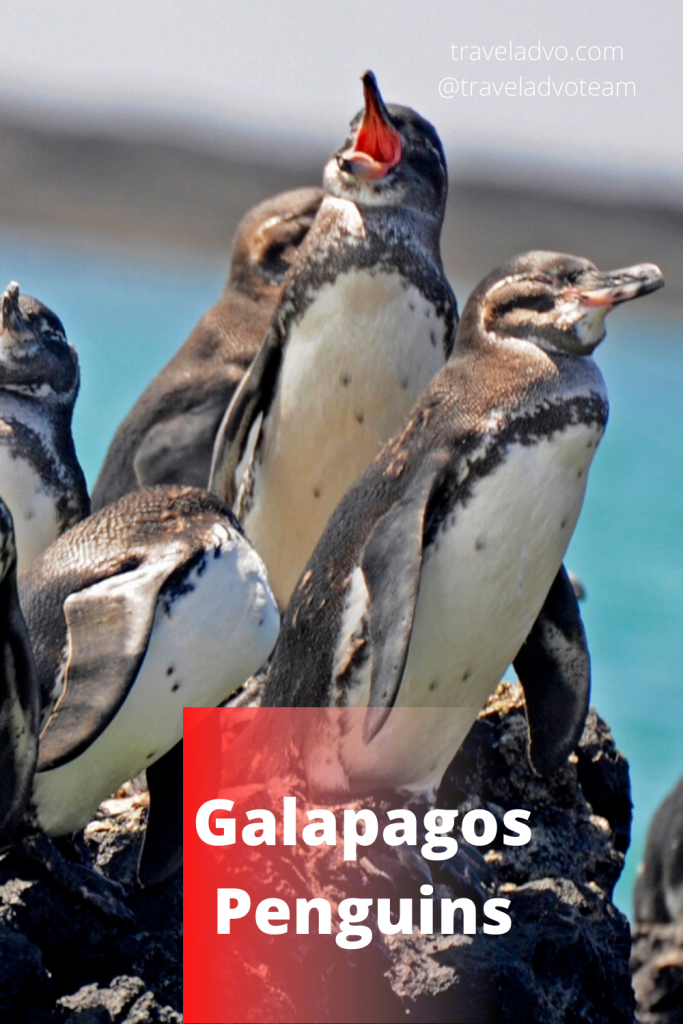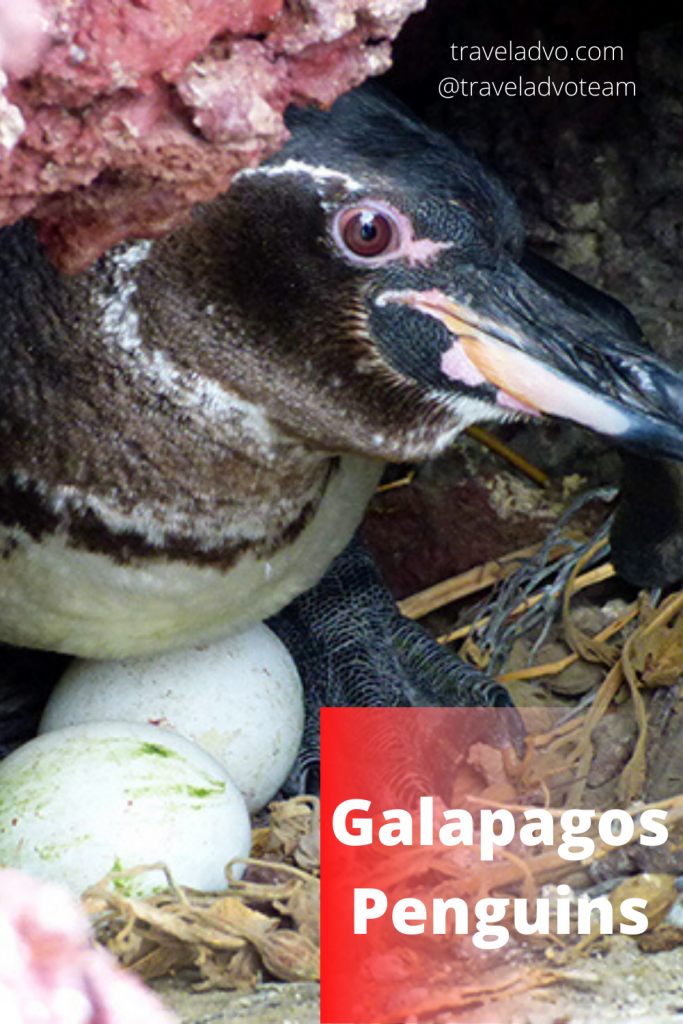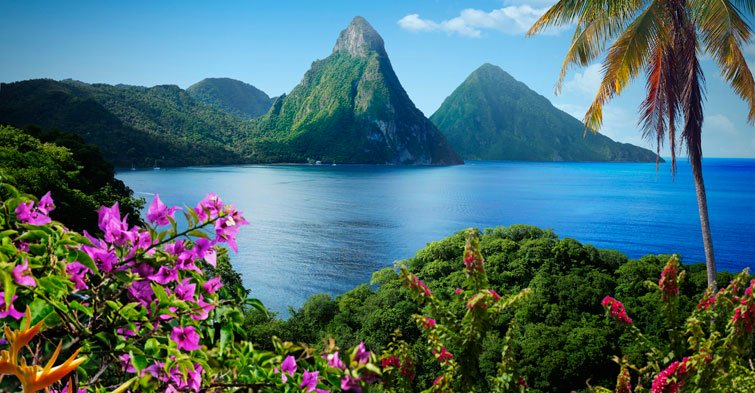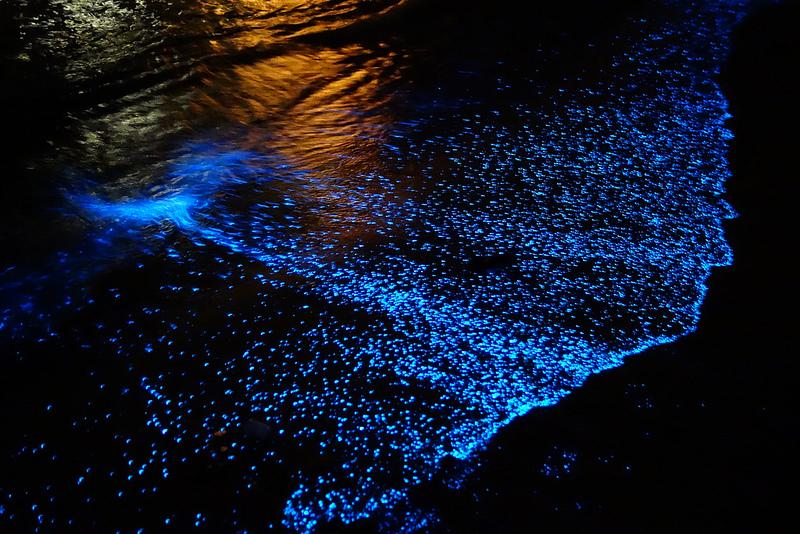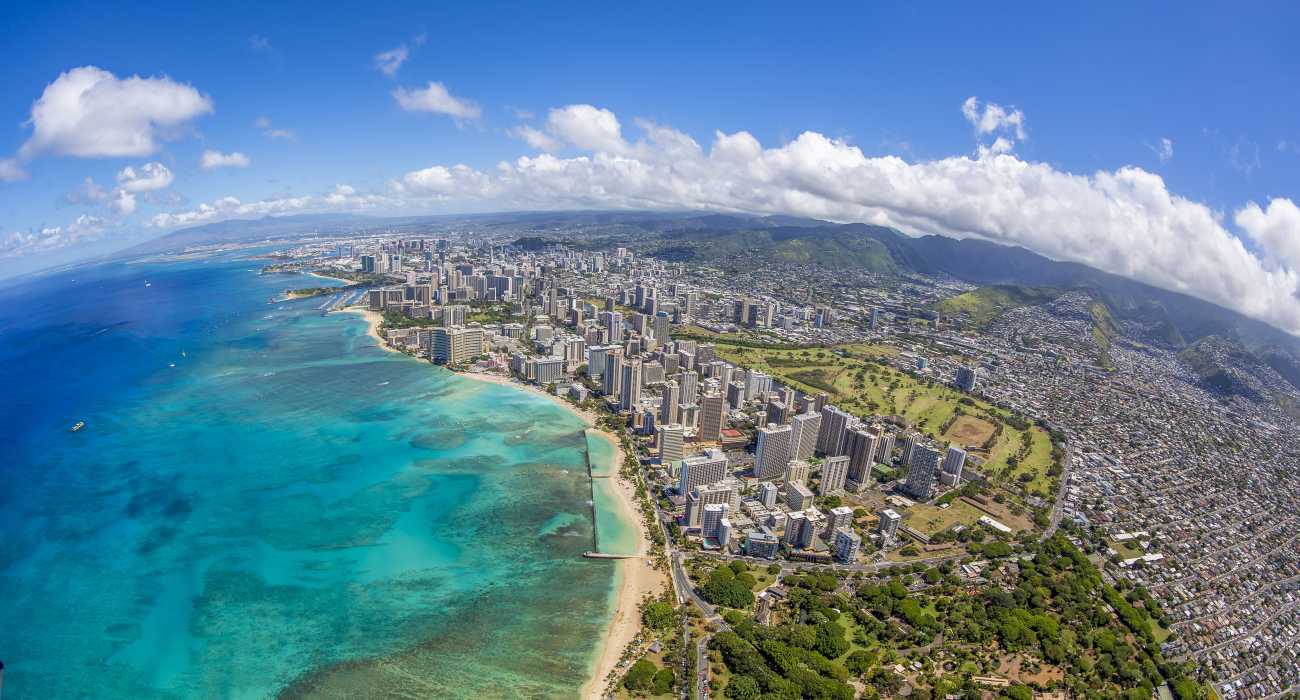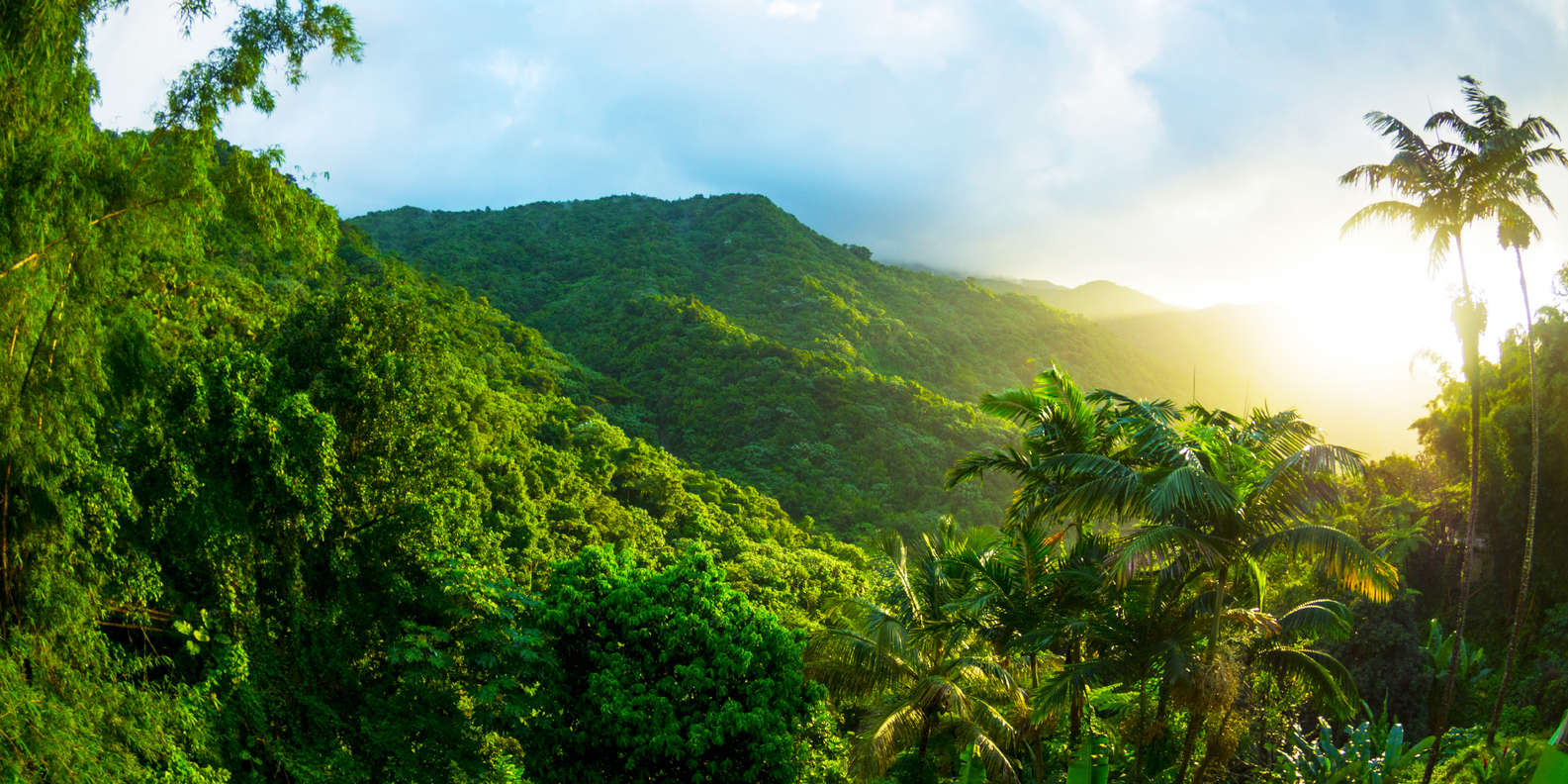Galapagos penguins or tropical penguins are the second smallest penguin species in the world. They have an average height of 49cm (19 inches) with 5.5 pounds (2.5kg). Can you believe how tiny they are?. When I read the facts about these tiny and sweet creatures, I added them to my bucket list to visit them when I travel to Galapagos.
Before I mention more interesting information about Galapagos penguins, I must say that they are the only penguins that live North of the Equator, and they are the rarest penguin species in the world. So, they are considered as endangered species since there are only around 1500 of the population. I will explain to you why they have become such a rare species. Before that, I must say, please follow the guidelines offered by the authorities to protect these tiny Galapagos penguins.
So, let’s get started.
Galapagos Penguins
Where you can find Galapagos penguins
Most of the Galapagos penguins live on Isabela Island’s west coast and Fernandina Island in Galapagos Archipelago, Ecuador. (More than 90% live there). The rest live on Santiago, the northern side of Santa Cruz, Bartolome, and Floreana islands. Out of 21 islands in the archipelago, you can see them only on the above 6 islands. Isabela and Fernandina are sure destinations.
Galapagos Penguins facts
These 2 unique physical features make them more popular. The first feature is that the upper chest has two black bands across the white belly. The second one is the blackhead with a white loop outline going above the eye.
They are quite friendly to humans. But, that doesn’t mean you can land on their territory. No, not at all. You cannot feed, touch, play, and get more photos by showing cameras to them. Because they are so sadly endangered species, watch at them at some distance. Since they are always in groups, you can easily see them.
But, you can swim with them in the places where the authority gives you access. Just scroll down to know how to swim with them. (Galapagos penguins)
Suggested Reading: Best Bioluminescent Beaches
What do Galapagos penguins eat?
Galapagos penguins mostly eat fish, sardines, mullet, and crustaceans.
They are tropical penguins.
And they are also called tropical penguins since they live in tropical islands. It explains the uniqueness of them. Because we have a typical picture of penguins with a cold and snowy climate like in Antarctica, but these guys are really different from typical species.
On the other hand, this tropical climate becomes a reason behind the endangered status. The researchers say that although Galapagos penguins are originated in that tropical climate, they really struggle to live in this sunny climate. Actually, they cannot leisurely have a sunbath like other species since the climate is so hot. (Galapagos penguins)
So, their body has some adaptations to face this difficult climate. The unique tiny body is one of them. That means when they have less body surface area; the heat absorption rate also becomes less. Once they feel so hot, they can cool their whole body within a few minutes under the water.
Another adaptation is, they have a lower body fat content and fewer feathers. So, it doesn’t take more time to get cooler.
When there are optimum climate factors, Galapagos penguins normally live for 15 to 20 years.
Special abilities of Galapagos penguins
If I tell you one of the special abilities of Galapagos Penguins, they are just great swimmers. And their lifestyle is more connected with water. They spend the night time on the land and immerse in the water just after the sun rises. Inside the water, they hunt, dive, swim, splash, and do many funny activities. Since the climates are so cold, they mostly do not come to the land until the sunset. (Galapagos penguins)
We know that penguin is a bird type. Normally birds can fly. But, these guys are flightless. Therefore, their wings are called flippers. And these flippers help them to swim and to keep the balance. Especially flippers help for the body balance. That’s why penguins always walk by, stretching their flippers a few inches away from the body.
Apart from physical adaptations, they follow some behavioral tricks to keep their body cool. For example, Galapagos penguins pant just like dogs in the hot summer. And also, they use an iconic pose called umbrella pose to shade them.
Swim With Galapagos Penguins
Penguins are one of the most delightful animals that you will see while snorkeling in the Galapagos. Since they are not harmful to the snorkelers, snorkeling or swimming with Galapagos penguins is a trendy thing to do on the above-mentioned islands of the archipelago. Well, I will explain to you exactly where you will find these little creatures. (Galapagos penguins)
Punta Espinosa in Fernandina Island
This is one of the most pristine islands I’ve ever seen in my travel life. Since there’s a volcano in the center, lava has spread all over the shore. You can see the penguins on these black lava covered shores. Or even you can swim with them as well. Apart from penguins, you will see a flightless cormorant nesting site, Galapagos hawks, and a marine iguana city.
Suggested Reading: Tahiti Island in French Polynesia
Punta Mangle in Fernandina Island
Punta Mangle is a great snorkeling spot in Galapagos. There you can snorkel with penguins. It is the bonus part. The journey is also interesting to the snorkeling spots through mangrove trees by riding a panga. You may see plenty of marine iguanas, sea lions, penguins, pelicans, sea turtles, and rays throughout the journey. Trust me; this is completely a paradise. So, do not miss it. (Galapagos penguins)
Elizabeth Bay in Isabela Island
I’m sorry. But you can’t snorkel in this mangrove bay because the authority doesn’t allow you to do. But, you can surely catch Galapagos penguins on your camera. Just get a panga ride and discover more than penguins. Galapagos green sea turtles, spotted eagle rays, golden cownose rays, and white tip reef sharks are well worth visiting. Galapagos penguins always like to stay in rocky landscapes. Obviously, Isabela Island has that rocky features. So, you can easily find them on the shores. (Galapagos penguins)
Tagus Cove, Isabela Island
This deep water cove is even rich with whales. So, you are going to be surprised. When you take a short steep hike, you will find the saltwater Darwin Lake. Then, you will also catch some hawks, finch species, yellow warblers, and Galapagos flycatchers. If you take a panga ride along the cliffs, then your life will change because you will frequently see Galapagos sea lions, Galapagos penguins, and flightless cormorants.
Albemarle Point, Isabela Island
Albermarle Point is a secluded place in Isabela Island since it is located on the northern end of the island. But this point was highly used by the USA in world war II as a radar station. Since still the ruins are there, you can visit the radar base. In the case of penguins, there are very few here. But, here you can find some of the largest marine iguanas for sure. (Galapagos penguins)
Sullivan Bay in Santiago Island
Guys, this is a unique experience. Because this Bay is not all about marine and wildlife, it is about a recently erupted volcano. So, you are getting the chance to walk on that lava. Don’t worry; it is not hot. The flow of lava has created rocky landscapes on the shore. So, Galapagos penguins are there on the shore.
Suggested Reading: Jaco Beach, Costa Rica
Bartolome Island
Bartolome Island offers you great snorkeling opportunities. Especially the under Waterworld around Pinnacle Rock is just awesome. Reach here by a panga and explore the beauty. You can snorkel with Galapagos penguins, marine turtles, rays, tropical fish, and white-tipped reef sharks. On the other hand, there’s another visiting spot on Bartolome Island. Actually, it is a climb via a long staircase to get a spectacular view and see the manifestations of recent volcanic activity. (Galapagos penguins)
Sombrero Chino Island
Actually, this is not a big island. It is a small crescent-shaped land with a white sand beach. The western part of the island has a rocky part. There you will find Galapagos penguins, sea lions, crabs, and some other marine lives. And the interesting part is, you can snorkel or swim here. I hope you will catch some penguins to swim with. (Galapagos penguins)
Tintoreras in Isabela Island
Tintoreras islets are located just a few hundred meters away from the coast of Villamil. Hire a small boat and reach there to see sea lions, marine iguanas, rays, and sometimes penguins while snorkeling. I must the water in this islets is just tranquil. Additionally, in the low tides, you can visit a famous shark viewing lagoon to watch sharks as well. (Galapagos penguins)
How to reach the Galapagos Islands
If I mention more about this archipelago location, Galapagos is located around 620 miles away from the South American mainland. As a province of Ecuador, this archipelago has around 13 main islands and 6 smaller islets.
You can reach there via flying to Ecuador’s mainland (via capital city Quito Airport or Guayaquil Airport). If you have no plans on the mainland, you can directly fly to Galapagos. San Cristobal Airport and Seymour on Baltra Island are the airports available in Galapagos. Also, there’s a small airline landing port called General Villamil in Isabela Island. Flights will take around one 2 hours to reach Galapagos. Choosing the airport will decide where you go and see penguins.
To travel among islands, I highly recommend you Galapagos Cruise Service and Galapagos insiders. Because you cannot reach all of these places within one day, since they are located far away from each other, you have to use pangas, boats, or cruises according to the situation. So, it is better to plan first. Small group yachts or pangas are more budget-friendly methods to travel. If you want to travel around the islands, then hire a bike. It will be around $15 per day. (Galapagos penguins)
I also recommend you accompany a licensed guide with you to know limitations, rules, best snorkeling spots, and routes.
When is the best time to visit Galapagos penguins
Well, I think I mentioned too many facts. Ok, let’s get to the point. I’m sure; now you may have the interest to visit them. Then, when is the best time for that. Don’t worry. There’s no such an ideal time. Since Galapagos penguins are always active, you can see them year-round.
But according to my experience, I suggest you visit in the cool, dry months like June to November. Because, as I said to you earlier, they just hate the hot climate. (Galapagos penguins)
Essential information when you travel to Galapagos
As I mentioned earlier, you must have a licensed guide with you as a requirement. And you cannot just venture off on your own.
Do not forget to book the cruises and boats at least 3 -4 months earlier.
Pay 100$ per person as the Galapagos National Park entrance fee when you arrive at the Galapagos airports.
No visa requirements to enter Ecuador.
Again I remind you, the rules regarding the wildlife in Galapagos are very strict. So, do not try to break them. Do not feed and touch. Also, do not try to get photographs by forcing the animals. Do not leave any litter on this beautiful natural wonder. (Galapagos penguins)
Did you enjoy this post?? Just pin it for later.


